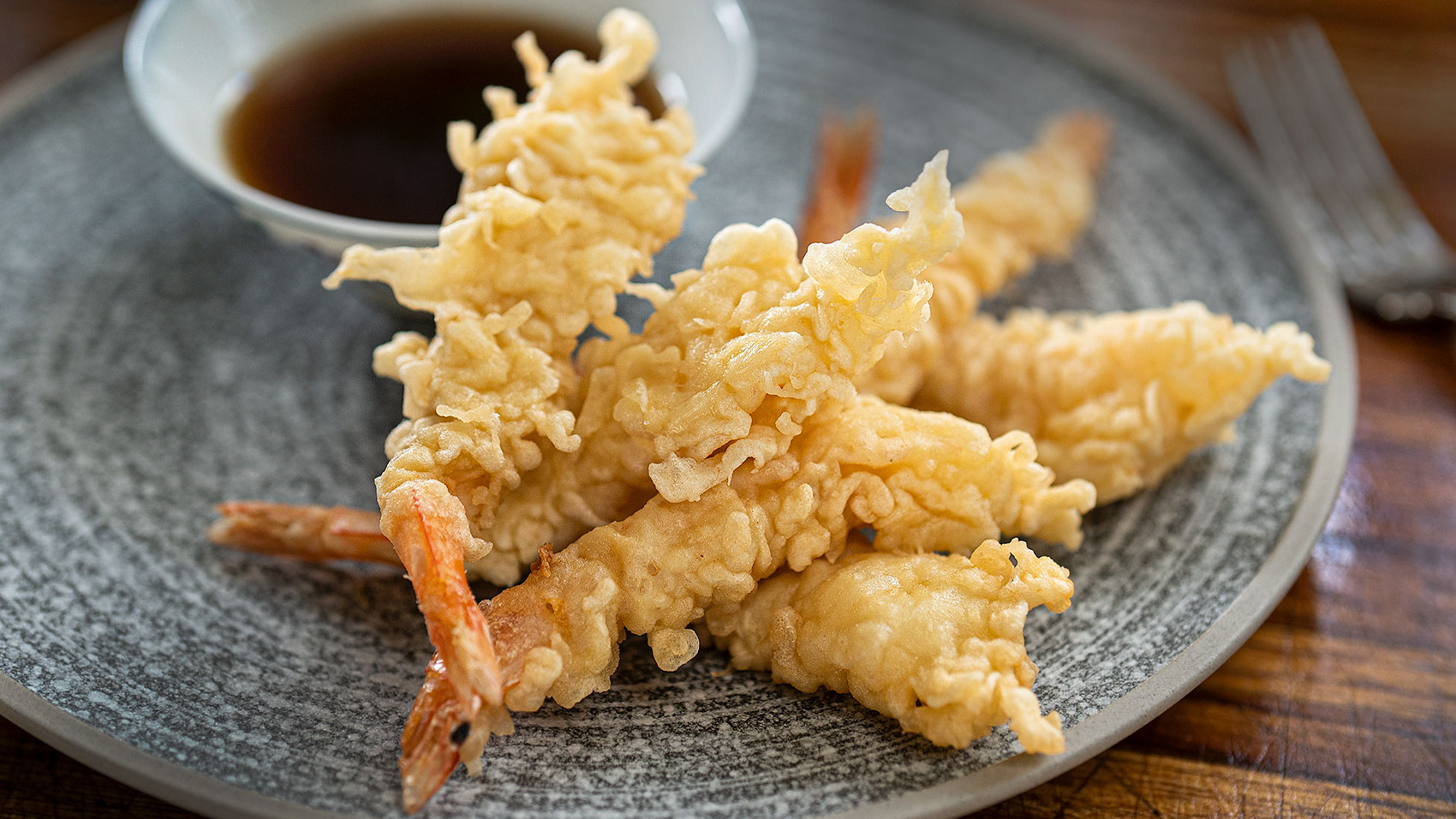Hey there! I’m Thomas, and today I’m gonna share my tried-and-tested method for cutting shrimp that’ll give you that restaurant-style tempura you’ve been dreaming of If you’re tired of your shrimp curling up like crazy when they hit the hot oil, you’re in the right place!
Why Proper Cutting Matters
Let’s be real – cutting shrimp the right way isn’t just about making them look pretty. Here’s why it’s super important:
- Gets your batter to stick evenly
- Helps cook the shrimp perfectly throughout
- Keeps them from curling up (my biggest pet peeve!)
- Makes them easier to eat
- Gives you that pro restaurant look
What You’ll Need
Before we dive in grab these items
- Sharp kitchen shears or knife
- Cutting board
- Paper towels
- Bowl of ice water
- Large shrimp (jumbo or extra-large work best)
Step-by-Step Guide to Cutting Shrimp for Tempura
1. Initial Prep
- Rinse your shrimp under cold water
- Peel them but leave those tails on (trust me on this!)
- Pat them super dry with paper towels
- Devein them (nobody wants that stuff in there!)
2. The Cutting Process
Here’s my foolproof method
-
Place shrimp belly-side up on your cutting board
-
Make 4-5 shallow cuts along the belly
- Don’t cut all the way through!
- Space them evenly
- These are your “release cuts”
-
Flip ’em over (back side up)
-
Gently press down with your fingertips
- Work from tail to head
- You might hear a tiny “snap” – that’s good!
- Use gentle pressure – we’re not trying to squash them!
3. The Straightening Technique
This is where the magic happens:
- Hold the shrimp by the tail
- Use your fingers to gently squeeze the sides
- Press down slightly while moving from tail to head
- If done right, your shrimp should now lay flat
Pro Tips from My Kitchen
After messing up countless batches (yeah, I’ve been there!), here’s what I’ve learned:
- Temperature matters: Keep shrimp cold while working
- Don’t skip the drying: Moisture is the enemy of crispy tempura
- Clean those tails: Cut the tips and squeeze out any trapped water
- Work in batches: Don’t try to do too many at once
- Watch your cuts: Too deep = broken shrimp, too shallow = curling
Common Mistakes to Avoid
Trust me, I’ve made all these mistakes so you don’t have to:
- Cutting too deep into the flesh
- Skipping the drying step
- Using tiny shrimp (bigger is better here!)
- Rushing the process
- Not cleaning the tails properly
Bonus: Quick Tempura Prep Tips
Once you’ve got your shrimp cut perfectly, here’s how to prep them for frying:
- Dust with flour
- Dip in beaten egg
- Coat with panko breadcrumbs
- Fry at 350-375°F
- Cook until golden brown (about 1 minute)
Troubleshooting Common Issues
Having problems? Here’s what might be going wrong:
- Shrimp breaking: You’re cutting too deep
- Still curling: Not enough release cuts
- Batter not sticking: Shrimp too wet
- Uneven cooking: Cuts not evenly spaced
Final Thoughts
Getting your shrimp cut right for tempura might take a little practice, but once you get it down, you’ll be making restaurant-quality tempura at home! Remember, the key is patience and gentle handling. Don’t rush it, and you’ll be rewarded with perfectly straight, crispy tempura shrimp every time.
Now get out there and start cutting! And hey, if your first batch isn’t perfect, no worries – they’ll still taste amazing. Trust me, I’ve been there!
Got questions about cutting shrimp for tempura? Drop ’em in the comments below – I’d love to help!

How to Prepare Shrimp for Tempura
FAQ
How do you make shrimp straight for tempura?
To make shrimp straight for tempura, peel and devein the shrimp, then make shallow cuts along the underside of the shrimp, being careful not to cut all the way through. Next, gently push down on the shrimp to break the muscles, which will allow it to straighten and lengthen.
